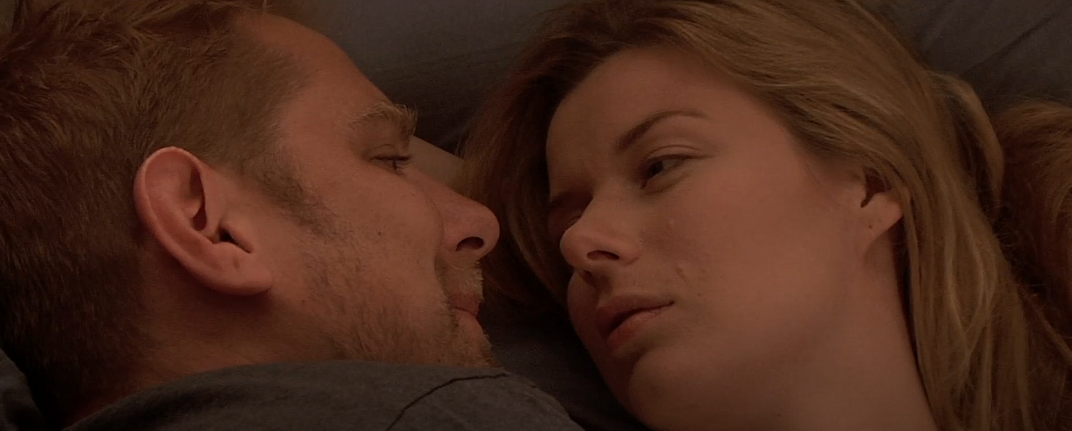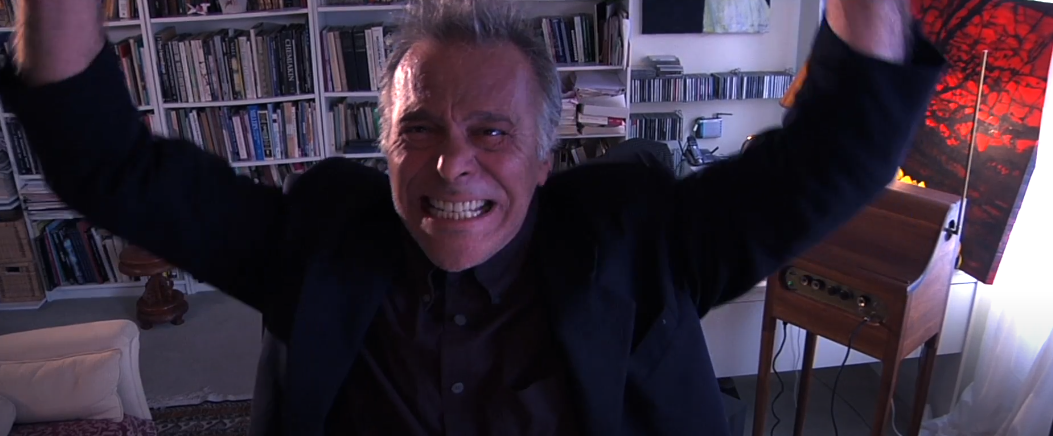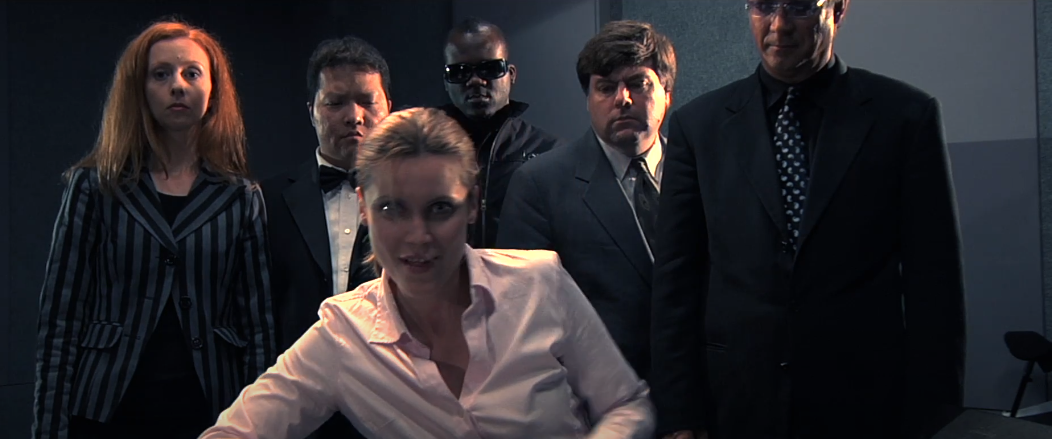Gregory Hatanaka’s Caged Beauty is a cinematic experience that defies easy categorization. Centered on Katarina (Silvia Suvadová), a music teacher obsessed with finishing Molcik's unfinished concerto, the film explores her kidnapping at the hands of her deranged ex-husband and the bizarre series of challenges she must endure to regain her freedom. Yet to call it a conventional thriller would be misleading—Caged Beauty is far more an avant-garde, post-narrative exploration than a taut suspense story.
The plot is unconventional, sometimes almost incomprehensible, blending unfinished concertos, cryptic music devices, and strange subplots involving Katarina’s brother Ondrej (Jesse Hlubik), club owner Bolo (Barry O’Rourke), and the mathematically minded Kylie (Andrea Harrison). Dialogue, when present, often feels tangential, and long stretches of silence punctuated only by music give the film a deliberate, meditative pace reminiscent of classic Bergman, yet tinged with occasional surreal absurdity.
Performances are equally unconventional. Suvadová portrays Katarina with an enigmatic presence, capturing both vulnerability and obsession. Hatanaka’s direction allows characters to move in dreamlike, sometimes almost motionless tableaux, creating moments that are eerie, unsettling, or simply absurd. One scene, featuring a slow-moving dance to a mysterious “Hookie Pookie,” exemplifies the film’s offbeat humor and willingness to embrace the surreal.
Stylistically, Caged Beauty oscillates between English dialogue, subtitled sequences, and silent-film-style intertitles, demanding attention and patience from viewers. The musical score plays a crucial, almost narrative role, though its full significance can be elusive, adding to the film’s enigmatic aura. Visually, the film leans heavily into art-house aesthetics, favoring mood and composition over conventional storytelling, producing moments that are hauntingly beautiful yet frustratingly opaque.
For some, Caged Beauty will feel like a Dadaist experiment—mind-bending, frustrating, and occasionally awe-inspiring. For others, it may appear as ponderous or incoherent, with much of its narrative buried beneath layers of artistic abstraction. The film’s pacing, surrealism, and complex layering of music and narrative are not for everyone, but for viewers willing to embrace its unconventional approach, there is a strange charm and intellectual stimulation to be found.
Ultimately, Caged Beauty is less about plot and more about experience—a film that challenges conventional expectations and dares audiences to interpret, question, and simply exist within its peculiar universe. It may confound, irritate, or delight, but it is undeniably a singular piece of cinema.
Jessie Hobson



